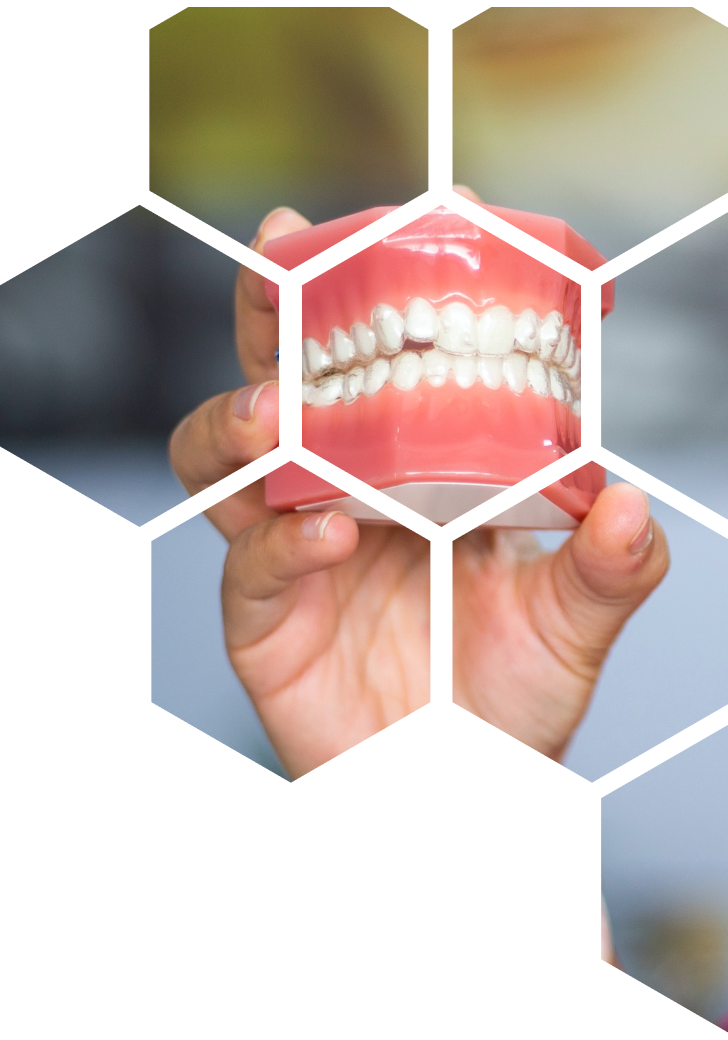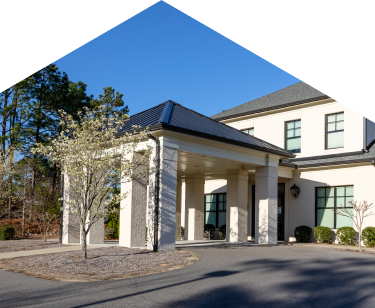Frequently Asked Questions
What is an occlusal guard?
An occlusal guard, also known as an oral appliance, is a mouthpiece that one of our dentists may recommend to relieve your TMJ pain. It works by creating a barrier between your upper and lower arch to prevent you from grinding your teeth. It also evenly distributes the pressure among all of your teeth and, therefore, can reduce pain associated with TMD.
Why is a stable dental occlusion important?
When your teeth fit together perfectly, they function as they’re supposed to without putting any additional pressure on one specific area. When an occlusion is shifted, the additional force could damage a tooth or a section of teeth, leading to a broken tooth, wearing down of teeth, and the need for root canal therapy.
Malocclusions can also cause temporomandibular disorder, known as TMD, due to damage to the joint. If you have a malocclusion, schedule a consultation with one of our trusted dentists by calling (910) 692-4051. During the consultation, we’ll review your teeth and gums to determine the severity of the occlusion and provide you with solutions.
Is there a cure for TMD?
The only permanent way to get rid of TMD is with surgery. However, the surgery is invasive and only used as a last resort for the most severe cases. Before we even consider the need for surgery, we’ll suggest certain lifestyle modifications and the use of a mouthguard to help relieve your symptoms.
What causes jaw pain when chewing?
Jaw pain while chewing can be a sign of a TMD, which is often a misalignment of your jaw joints. These joints, located on either side of your head, help your jaw to act as a hinge. When something is wrong with them, they can become painful when you open your mouth.
Realigning your teeth and jaw can help alleviate this pain. Your TMD could also be caused by jaw tension, which we can help you relieve through exercises, stretches, and lifestyle modifications.

